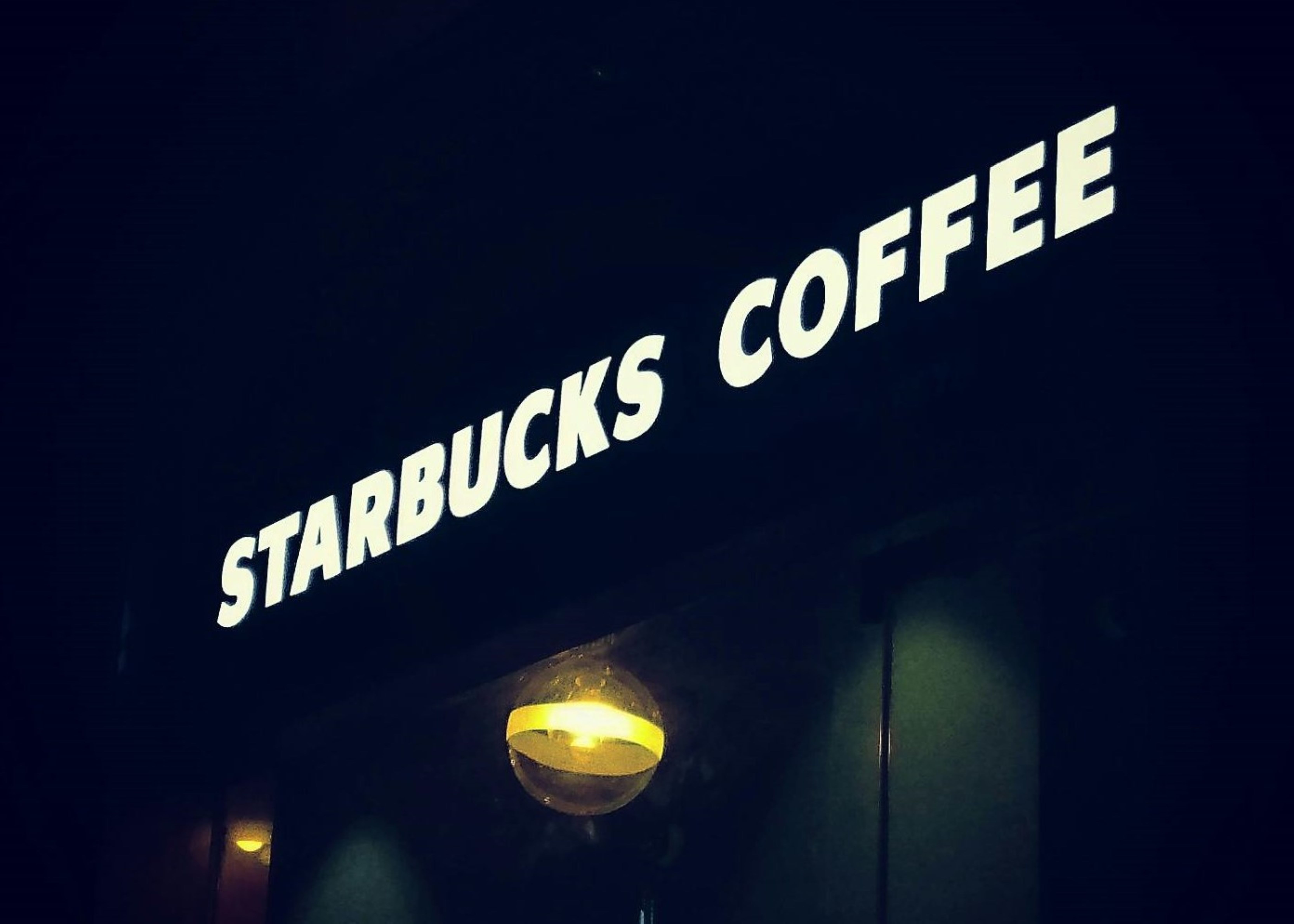Astrazeneca (AZN)- Technical & Fundamental Analysis
$12,416
Astrazeneca (AZN)- Technical & Fundamental Analysis
06 Nov 2025, 09:34

Pexels.com

Starbucks, the world’s largest coffee chain and buyer of 3% of global coffee, has significantly scaled back its hedging programme despite a surge in coffee prices. Fixed-price contracts for green coffee have dropped to under $200 million, down from $1 billion in 2019. This decision raises concerns about increased exposure to market volatility as coffee prices reach 13-year highs, fuelled by poor harvests in Brazil and Vietnam.
1. Starbucks’ Declining Hedging Strategy
Starbucks has cut its reliance on fixed-price contracts, with less than $200 million of such contracts in place as of September 2024. This marks a dramatic reduction compared to $1 billion just five years ago. Instead, Starbucks increasingly uses "price-to-be-fixed" contracts, which establish purchase quantities and delivery terms but leave final prices to be agreed later.
2. Rising Coffee Prices and Global Supply Challenges
The global coffee market is grappling with supply issues caused by poor weather in key exporting nations like Brazil and Vietnam. The US Department of Agriculture recently downgraded its production forecast for Brazil, citing irregular rainfall and high temperatures.
3. Starbucks’ Response to Market Volatility
Despite concerns, Starbucks maintains that its current approach provides flexibility. The company’s inventories of green and roasted coffee, worth approximately $920 million, act as a cushion against spot market volatility.
4. Challenges for Starbucks’ New CEO
Brian Niccol, Starbucks’ newly appointed CEO, faces the dual challenge of navigating volatile coffee markets while reviving café sales. Niccol aims to reposition Starbucks as a community coffee house while balancing supply chain costs.
5. Looking Ahead: A Tight Coffee Market
As global coffee production struggles to meet demand, analysts warn of continued upward pressure on prices. Roasters, including Starbucks, may face difficult decisions about increasing price coverage to mitigate risks.
Conclusion: A Risky Brew for Starbucks
Starbucks’ reduced hedging programme reflects a shift towards agility in a dynamic market, but it also exposes the company to greater risk. With coffee prices at multi-year highs and global supply under strain, the company’s approach will be closely watched by investors and industry analysts alike. Balancing cost pressures and maintaining customer loyalty will be critical for Starbucks’ success in the volatile months ahead.
Source: (FT.com)